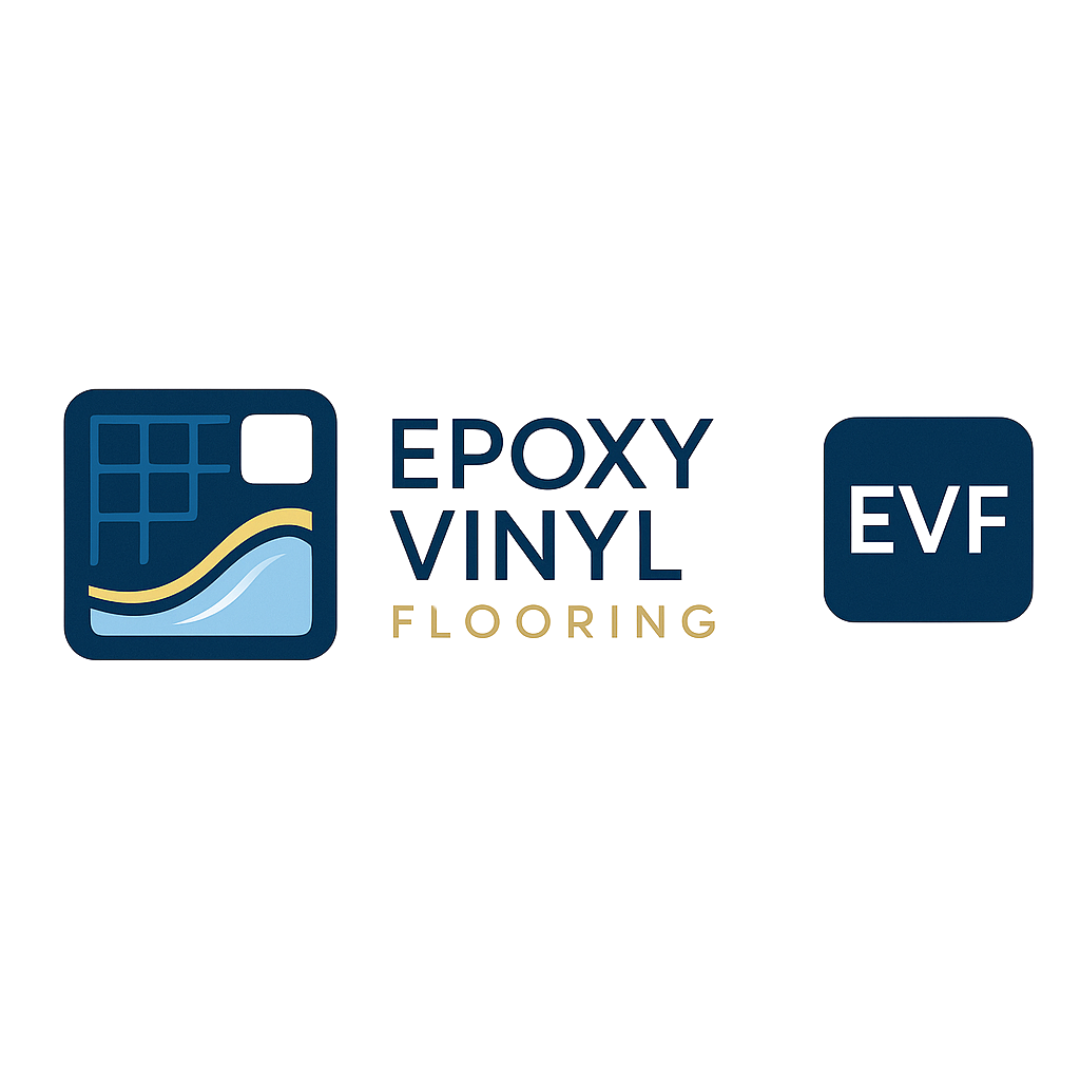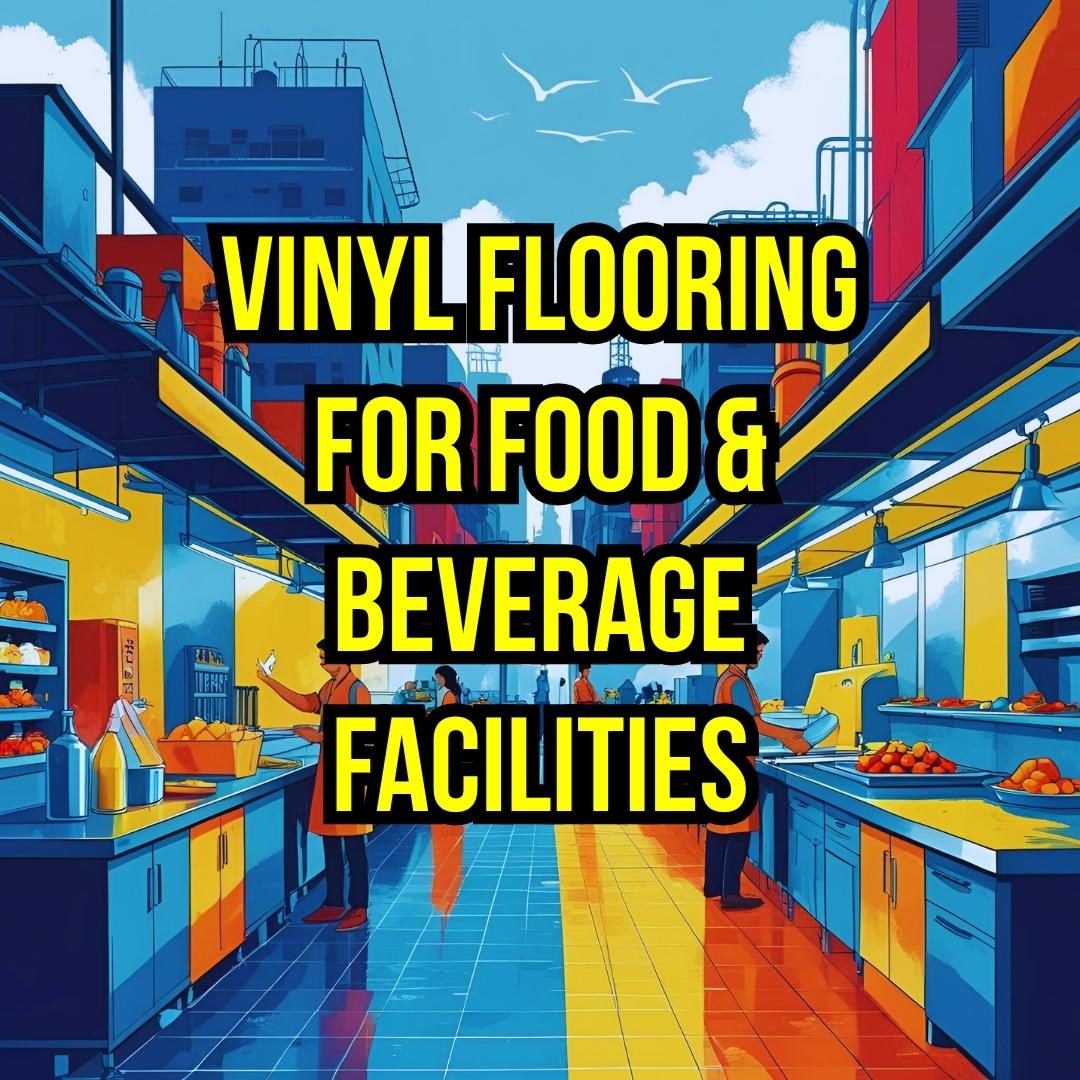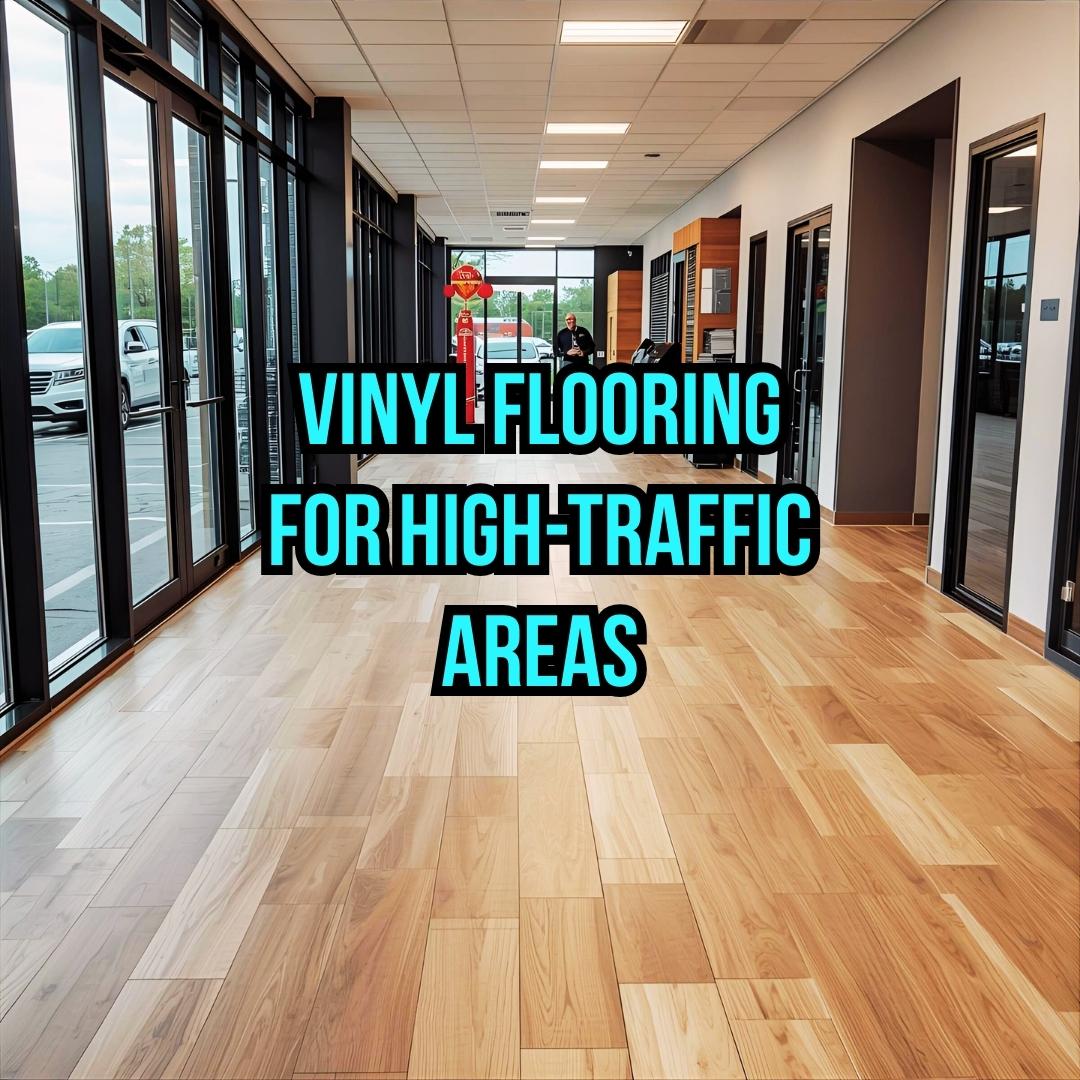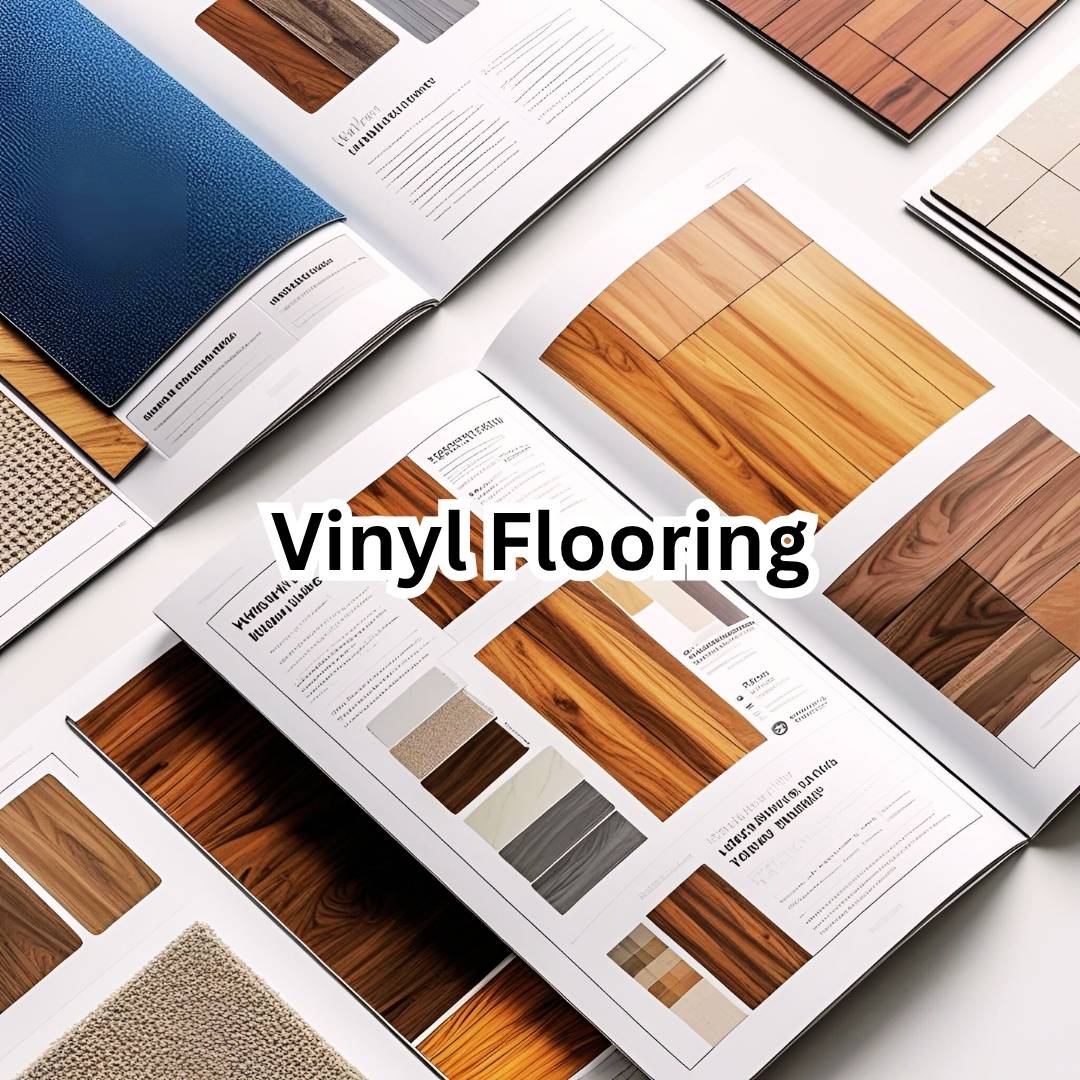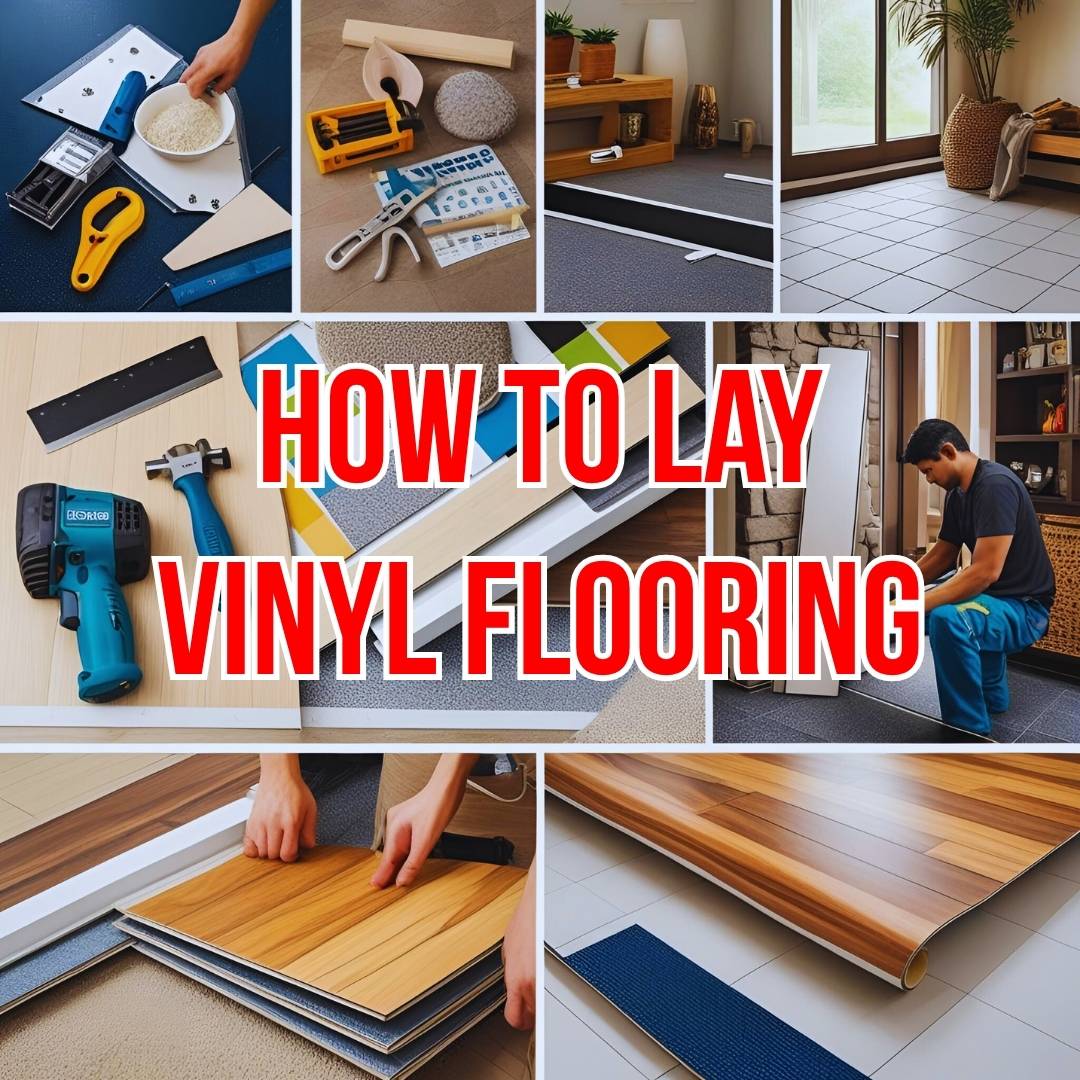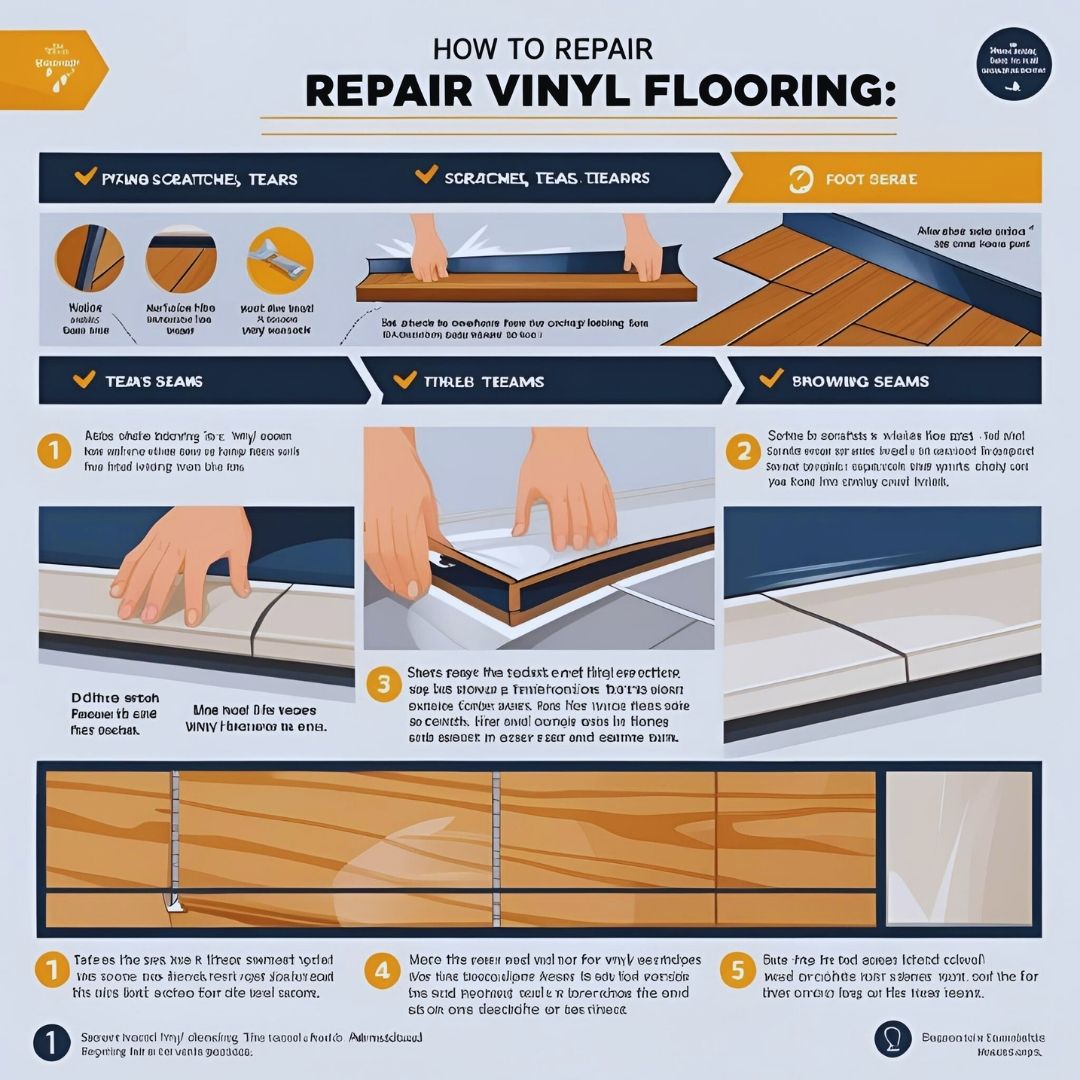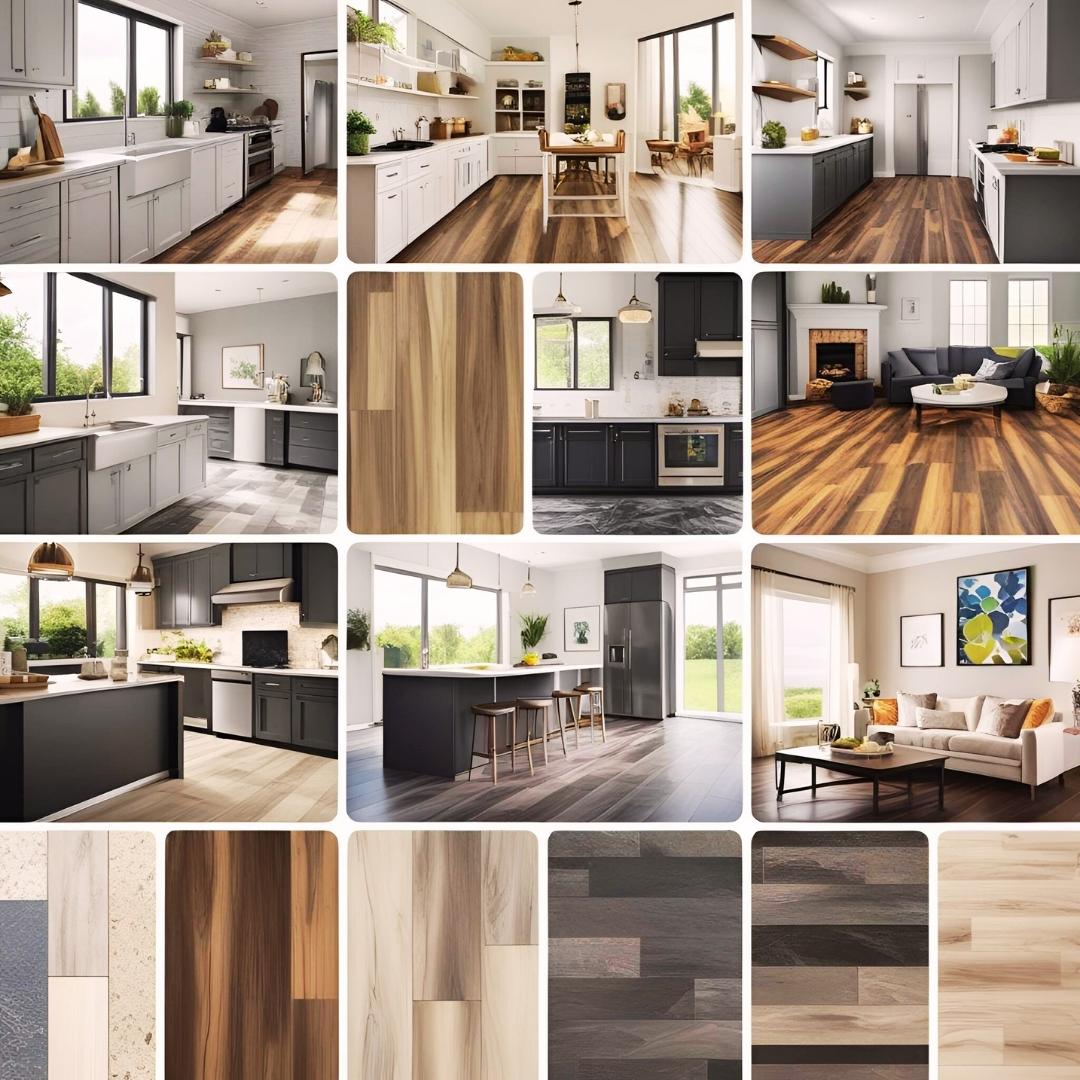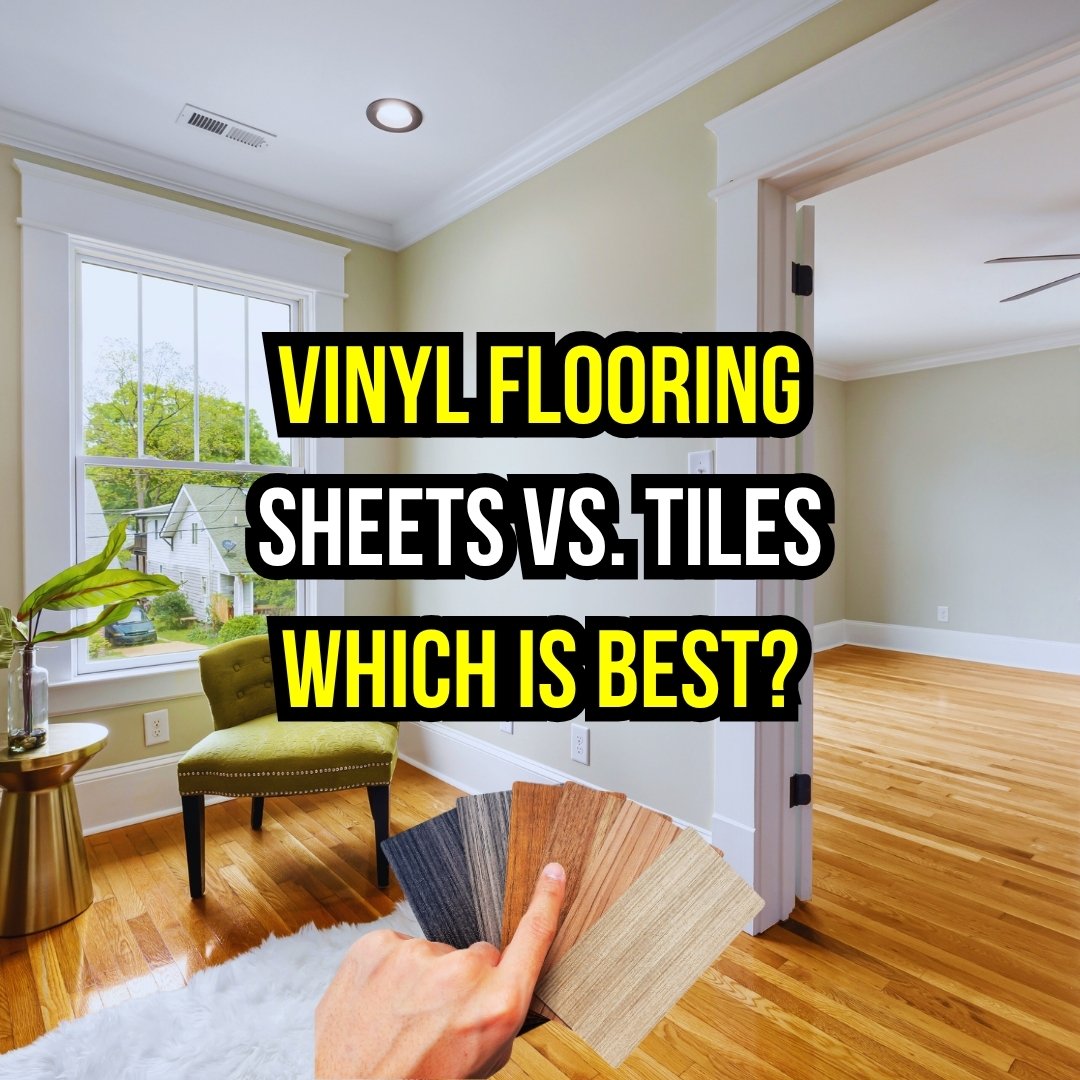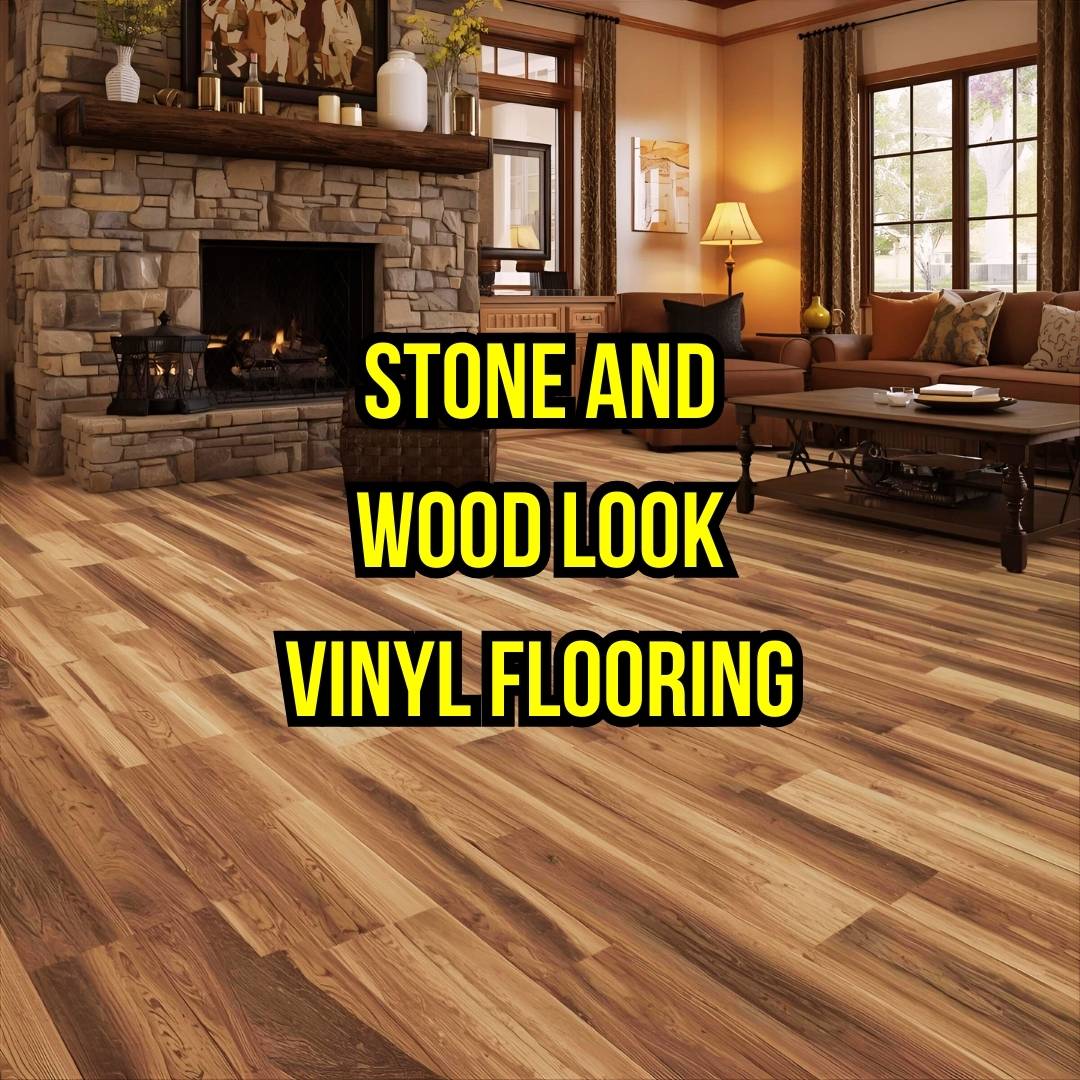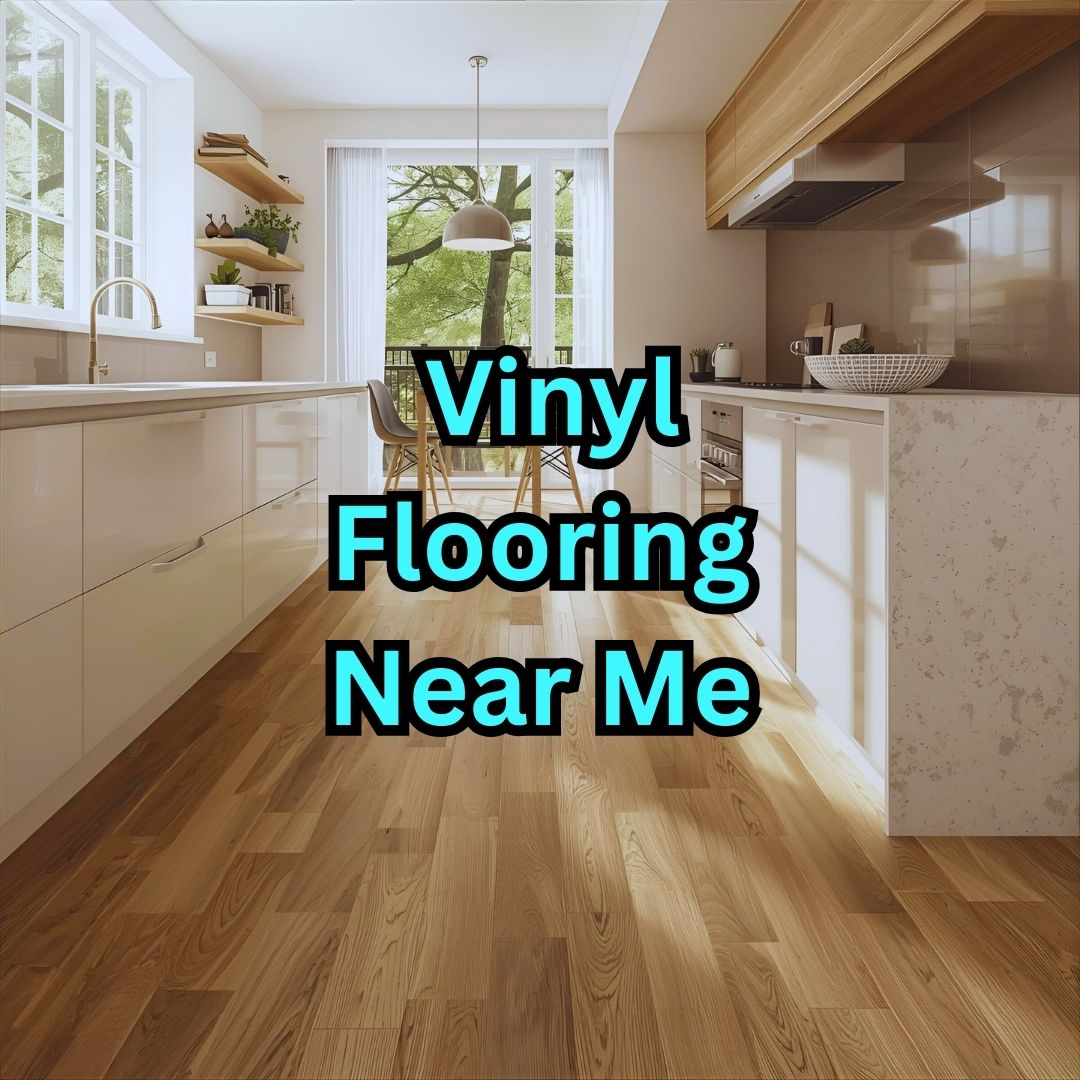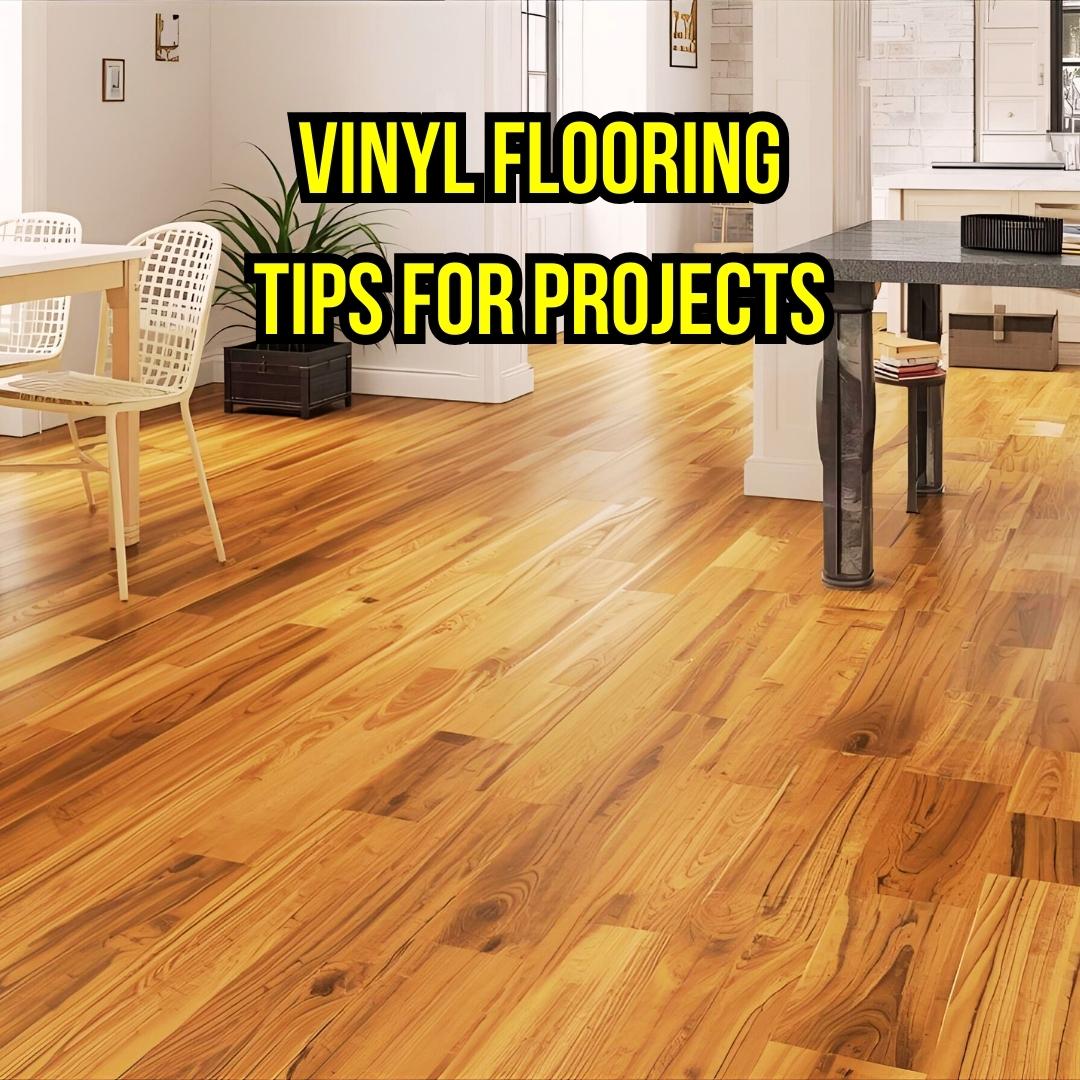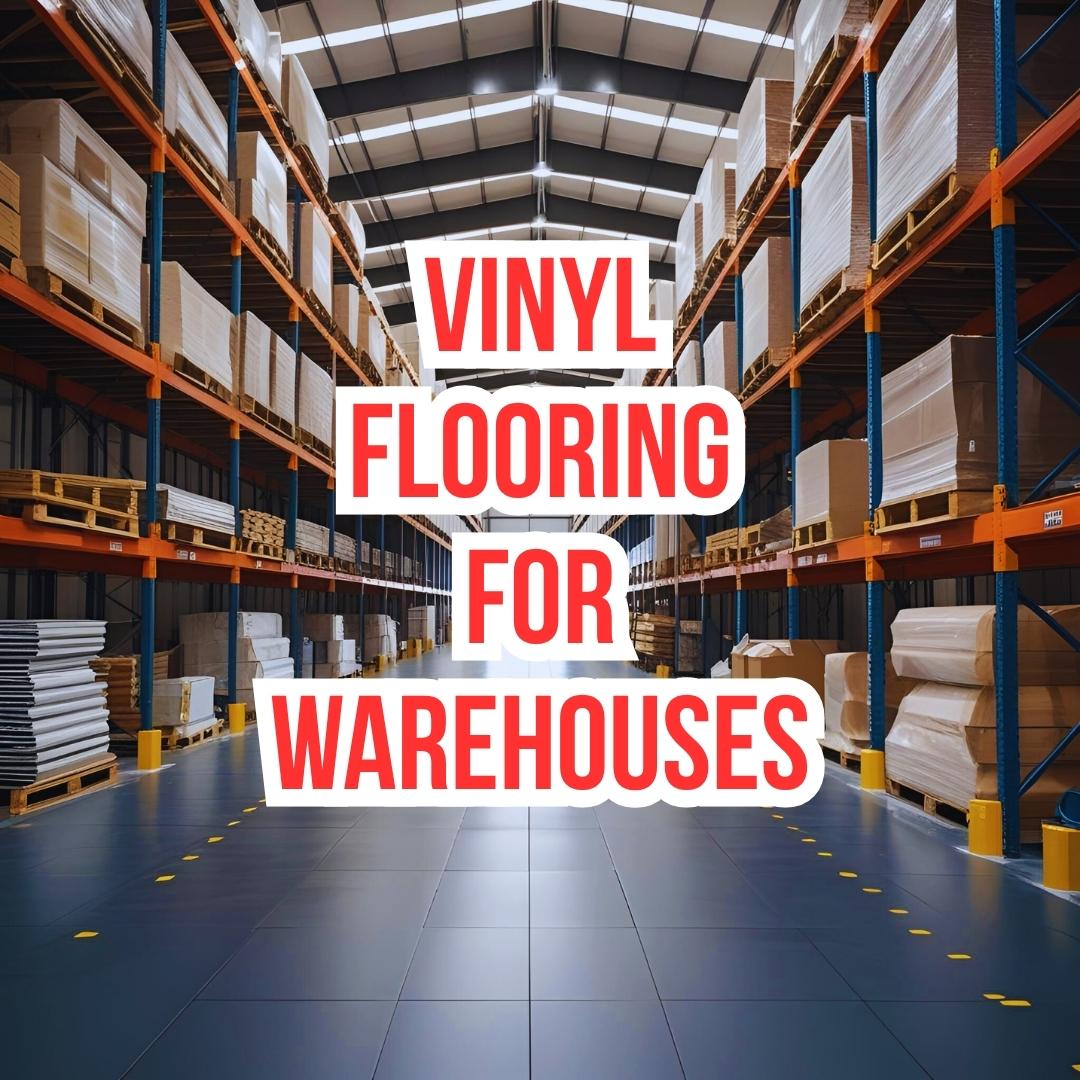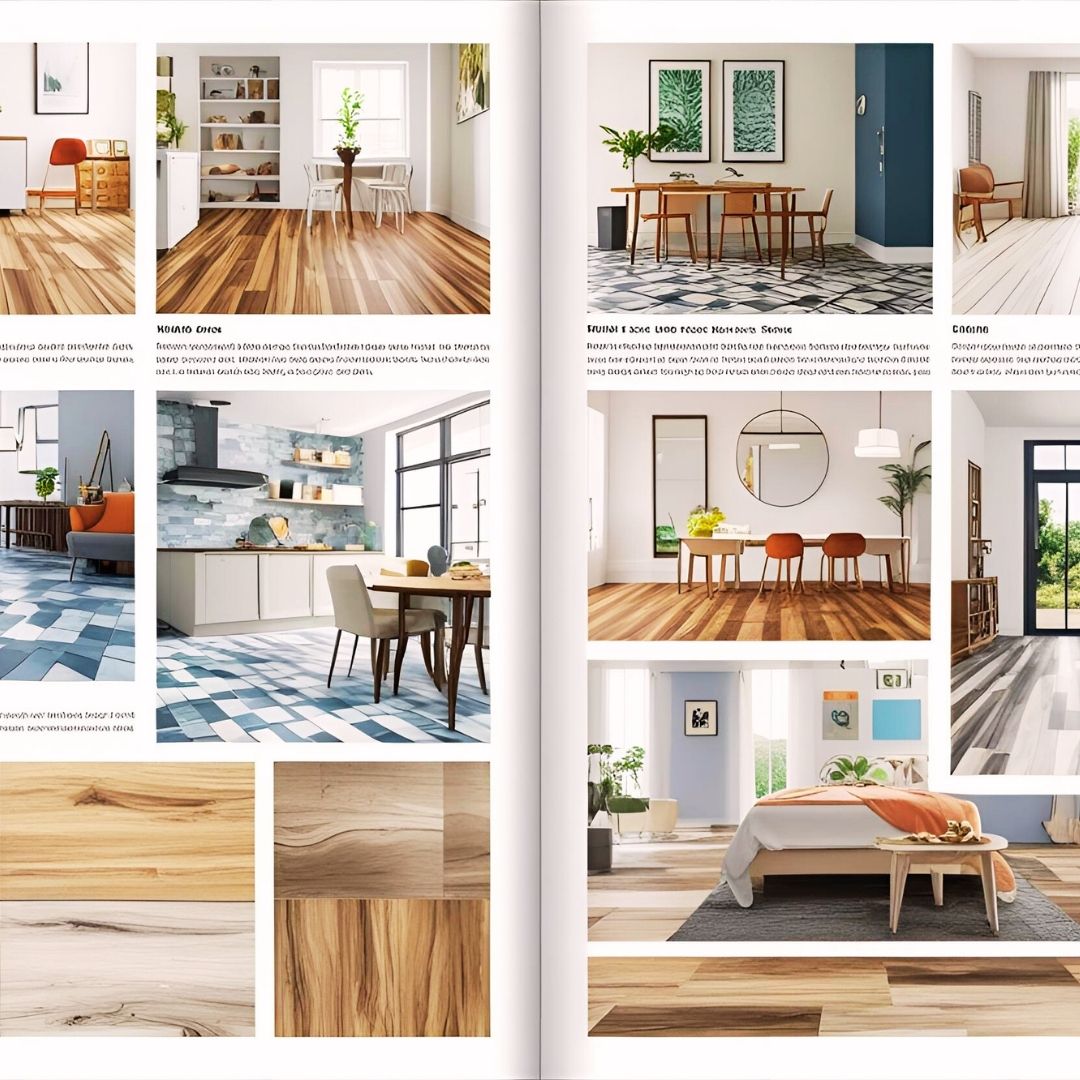
Vinyl flooring is a popular choice across Ahmedabad, from the bustling industrial hubs of Vatva GIDC to the serene residential societies of Satellite. Its durability, affordability, and low maintenance make it ideal for homes, hospitals, and warehouses alike. However, wrinkles or ripples in vinyl flooring can mar its aesthetic appeal and functionality, especially in high-traffic areas like pharmaceutical cleanrooms in Changodar or busy households in Bodakdev. If left unaddressed, these imperfections can worsen, leading to costly replacements.
In this comprehensive guide, we’ll walk you through why wrinkles appear in vinyl flooring, how to fix them effectively, and preventive measures to ensure long-lasting results. Backed by years of experience, Epoxy Vinyl Flooring, powered by AUM Industries, shares expert insights tailored for Ahmedabad’s unique climate and diverse applications. Whether you’re a homeowner in Thaltej, an architect in Navarangpura, or a facility manager in Naroda GIDC, this article will equip you with actionable solutions.
Why Do Wrinkles Appear in Vinyl Flooring?
Wrinkles in vinyl flooring are more than just a cosmetic issue—they can compromise safety and hygiene, especially in critical environments like hospitals in Paldi or cleanrooms in Kathwada. Understanding the root causes is the first step to effective repairs. Here are the most common reasons wrinkles occur:
- Improper Installation: If vinyl sheets or planks are not laid flat or secured properly, they can buckle over time. This is common in DIY installations or when adhesives are applied unevenly, especially in humid areas like Maninagar.
- Moisture Exposure: Ahmedabad’s humid climate can cause subfloor moisture to seep into vinyl, leading to expansion and wrinkling. This is particularly relevant for ground-floor homes in Vejalpur or food processing units in Aslali.
- Temperature Fluctuations: Vinyl expands and contracts with temperature changes. In industrial settings like warehouses in Sarkhej, poor climate control can exacerbate this issue.
- Subfloor Imperfections: Uneven or damaged subfloors, often seen in older buildings in Shahibaug, can cause vinyl to ripple as it settles.
- Heavy Traffic or Load: High footfall in commercial spaces like retail stores in CG Road or heavy machinery in Odhav factories can stress vinyl, causing wrinkles.
- Low-Quality Materials: Substandard vinyl or adhesives, sometimes used to cut costs, may fail under Ahmedabad’s demanding conditions.
By identifying the cause, you can choose the right repair method and prevent future issues. Let’s dive into the solutions.
Tools and Materials Needed for Vinyl Flooring Repairs
Before starting, gather the right tools and materials to ensure a smooth repair process. Here’s what you’ll need:
- Utility knife or vinyl cutter
- Straightedge or ruler
- Heat gun or hairdryer (for controlled heating)
- Vinyl adhesive (compatible with your flooring type)
- Seam sealer for vinyl
- Roller or heavy object (for pressing down repairs)
- Clean cloths and mild cleaner (avoid harsh chemicals)
- Replacement vinyl patches (if damage is severe)
- Measuring tape
- Safety gear (gloves, mask)
For professional-grade repairs, especially in critical environments like IVF labs in Gurukul, ensure materials meet standards like WHO-GMP or ISO for hygiene and durability.
Step-by-Step Guide to Fixing Wrinkles in Vinyl Flooring
Repairing wrinkles in vinyl flooring requires precision and patience. Below is a detailed, professional-grade process tailored for both residential and industrial applications in Ahmedabad.
Step 1: Assess the Damage
Start by examining the wrinkled area. Is it a small ripple or a large bubble? Is the vinyl lifting from the subfloor or simply stretched? For instance, in a hospital modular OT in Ellis Bridge, even minor wrinkles can pose hygiene risks, so thorough inspection is critical.
- Check the Subfloor: Ensure it’s dry, level, and free of debris. In areas like Narol, where moisture is common, use a moisture meter to confirm dryness.
- Test Adhesion: Gently press the wrinkled area to see if it re-adheres or if the adhesive has failed.
- Measure the Area: Note the size of the wrinkled section to determine if patching or full replacement is needed.
Step 2: Flatten Minor Wrinkles with Heat
For small wrinkles (less than 6 inches), heat can relax the vinyl and allow it to settle. This method works well for homes in Bopal or retail spaces in Naranpura.
- Clean the wrinkled area with a mild cleaner to remove dirt.
- Set a heat gun or hairdryer to low heat (avoid overheating to prevent melting).
- Gently warm the wrinkled section for 30–60 seconds, keeping the tool 6–8 inches away.
- Press down with a roller or heavy book to flatten the vinyl as it cools.
- Apply a thin layer of vinyl adhesive under loose edges if needed, then press firmly.
Pro Tip: In humid areas like Sabarmati, ensure proper ventilation during repairs to avoid trapping moisture under the vinyl.
Step 3: Cut and Re-Adhere Larger Wrinkles
For wrinkles larger than 6 inches, cutting and re-adhering may be necessary, especially in high-traffic areas like warehouses in Rakhial.
- Use a straightedge and utility knife to make a clean cut around the wrinkled area, creating a patch-sized section.
- Lift the cut vinyl carefully, preserving it for reuse if possible.
- Inspect and clean the subfloor, addressing any moisture or unevenness.
- Apply vinyl adhesive evenly to the subfloor using a notched trowel.
- Place the vinyl back, aligning patterns precisely, and press with a roller.
- Seal edges with a seam sealer to prevent lifting.
Note: For critical spaces like pharmaceutical cleanrooms in Changodar, ensure adhesives comply with BIS standards for safety and performance.
Step 4: Replace Severely Damaged Vinyl
If wrinkles are accompanied by tears or permanent stretching, replacement is the best option. This is common in older installations in areas like Kalupur.
- Cut out the damaged section, ensuring straight edges for a seamless patch.
- Source matching vinyl (check with suppliers like AUM Industries for exact matches).
- Apply adhesive to the subfloor and place the new vinyl patch, aligning patterns carefully.
- Roll the patch to secure adhesion and apply seam sealer.
- Allow 24–48 hours for curing, avoiding heavy traffic during this time.
Ahmedabad Context: In industrial zones like Vatva GIDC, opt for heavy-duty vinyl to withstand machinery loads. For homes in Vastral, choose aesthetically pleasing patterns to blend with interiors.
Step 5: Test and Maintain
After repairs, test the area by walking over it or placing light objects. Monitor for 48 hours to ensure the fix holds. For ongoing maintenance, refer to our guide on maintaining vinyl floors.
Preventing Wrinkles in Vinyl Flooring
Prevention is better than repair, especially in Ahmedabad’s humid and variable climate. Here are expert tips to keep your vinyl flooring wrinkle-free:
- Choose Quality Materials: Invest in high-grade vinyl and adhesives, like those offered by Epoxy Vinyl Flooring. Low-quality materials are prone to failure in areas like Juhapura.
- Professional Installation: Hire experienced contractors, especially for critical spaces like hospitals in Paldi or cleanrooms in Kathwada. Proper subfloor preparation is key.
- Control Moisture: Use dehumidifiers in ground-floor homes in Isanpur or industrial units in Aslali to prevent moisture buildup.
- Regular Cleaning: Follow our vinyl cleaning guide to avoid dirt accumulation that can weaken adhesives.
- Climate Control: Maintain stable temperatures in warehouses in Sarkhej or labs in Gota to minimize vinyl expansion.
- Periodic Inspections: Schedule annual checks, especially for high-traffic areas like retail stores in CG Road or educational labs in Memnagar.
By following these steps, you can extend the lifespan of your vinyl flooring, which typically lasts 10–20 years with proper care.
Vinyl vs. Epoxy Flooring: Which Is Better for Ahmedabad?
While vinyl flooring is versatile, epoxy flooring is another excellent option for Ahmedabad’s industries and homes. Here’s a quick comparison:
- Durability: Epoxy, a self-leveling resin applied as a liquid, forms a seamless, tough surface ideal for warehouses in Naroda GIDC. Vinyl is durable but less resistant to heavy loads.
- Cost: Vinyl flooring costs ₹150–₹300 per sq. ft., while epoxy flooring cost in Ahmedabad ranges similarly but varies by thickness and application.
- Maintenance: Vinyl is easier to clean, making it popular for homes in Thaltej. Epoxy requires specific care, as outlined in our epoxy maintenance guide.
- Aesthetics: Vinyl offers diverse patterns, ideal for interior designers in Navarangpura. Epoxy provides a glossy, industrial look suited for cleanrooms in Changodar.
For a detailed comparison, check our FAQ page or contact us for personalized advice.
FAQs About Vinyl Flooring Repairs in Ahmedabad
1. How does Ahmedabad’s humidity affect vinyl flooring?
Ahmedabad’s high humidity, especially in areas like Sabarmati or Maninagar, can cause vinyl to expand and wrinkle if not installed with moisture-resistant adhesives. Use dehumidifiers and ensure proper subfloor sealing during installation.
2. Is vinyl flooring waterproof?
Vinyl is water-resistant but not fully waterproof. In moisture-prone areas like Vejalpur homes or food processing units in Aslali, proper sealing and subfloor preparation are essential to prevent wrinkles.
3. How much does vinyl flooring repair cost in Ahmedabad?
Repair costs depend on the damage extent and location. Minor fixes (e.g., flattening wrinkles) may cost ₹150–₹300 per sq. ft., including labor and materials. Contact us at +91-9274313580 for a precise quote.
4. Can I fix vinyl flooring wrinkles myself?
Yes, minor wrinkles can be fixed with a heat gun and adhesive, as outlined above. However, for large repairs or critical spaces like IVF labs in Gurukul, professional services ensure compliance with standards like NABH.
5. How long does vinyl flooring last after repairs?
With proper repairs and maintenance, vinyl flooring can last 10–20 years. In high-traffic areas like warehouses in Vatva GIDC, regular inspections can extend its lifespan.
6. What is vinyl flooring compared to laminate?
Vinyl is a synthetic, water-resistant material ideal for humid areas like Juhapura. Laminate, made of wood composites, is less moisture-resistant but offers a natural wood look for homes in Bopal.
7. Can wrinkles reappear after repair?
If the root cause (e.g., moisture or subfloor issues) isn’t addressed, wrinkles may return. Professional installation and maintenance, especially in industrial settings like Narol, prevent recurrence.
8. Is vinyl flooring suitable for hospitals in Ahmedabad?
Yes, vinyl is ideal for hospitals in Paldi or modular OTs in Ellis Bridge due to its hygiene, durability, and ease of cleaning. Ensure compliance with NABH standards for critical areas.
Why Choose Epoxy Vinyl Flooring for Your Ahmedabad Project?
Backed by AUM Industries, Epoxy Vinyl Flooring brings years of expertise in delivering tailored flooring solutions across Ahmedabad. From pharmaceutical cleanrooms in Changodar to residential flats in Satellite, we ensure high-quality installations and repairs that meet industry standards like WHO-GMP and BIS. Our team understands Ahmedabad’s unique challenges, from humidity in Sabarmati to heavy industrial loads in Vatva GIDC.
Ready to fix your vinyl flooring or explore epoxy options? Contact us today for a free consultation!
📧 Email: amit@aumindustriesmfg.com
📞 Phone/WhatsApp: +91-9274313580
📍 Address: World Trade Tower, A-617, Sarkhej-Gandhinagar Highway, Makarba, Ahmedabad, Gujarat 380051, India
Let us help you achieve wrinkle-free, durable flooring that enhances your space’s functionality and aesthetics.

